Valve’s latest update to Counter-Strike 2 (CS2) has sent shockwaves through the community with the introduction of a significant trade protection system—an overhaul aimed at improving account security but one that may drastically alter the in-game economy.
The new feature, called the “Trade Hold Protection” system, is designed to protect player inventories in case of account compromise. Once activated, it places a 7-day restriction on all trades from that account, even if items were previously not on hold. While the move is intended to deter hackers and scammers from quickly liquidating high-value inventories, the implications for the vast skin trading ecosystem are massive.
Community Reaction: Mixed but Concerned
Many players have welcomed the security upgrade, especially those who have faced the nightmare of losing thousands of dollars’ worth of skins. However, prominent traders, skin collectors, and marketplace operators are warning of severe ripple effects. Some believe this could lead to a temporary market crash, especially on third-party trading sites and platforms that rely on fast, frictionless transactions.
The CS2 skin market, known for its high liquidity and speculative value, is highly sensitive to any restriction in trade mechanics. With a new 7-day lockdown potentially applying to all trades post-compromise, panic-selling has already begun. Inventories are being offloaded ahead of expected value drops, and third-party markets are seeing sharp pricing fluctuations across high-tier skins like knives, gloves, and rare stickers.
Impact on Third-Party Markets
The trading freeze also complicates automated bots and instant-sell features used on many external marketplaces. These platforms often operate by instantly transferring skins between user accounts, and the new trade protection may render that process unreliable. Some sites may be forced to overhaul their systems entirely or face downtime as they adapt.
This update, while designed with good intentions, places a question mark over the future of CS2’s thriving economy, which has, for years, been a vital part of the game’s culture and even income for many users.
Valve’s Long-Term Vision?
Many are now speculating on Valve’s broader strategy. Is this an isolated security measure, or part of a larger plan to push players back toward the official Steam Market, where Valve controls the environment (and collects fees)? If so, this move could reduce the influence of third-party platforms and re-centralize control over the trading economy.
What’s Next?
Players are watching closely to see if Valve refines the update further. Some are calling for flexibility, such as options to whitelist devices or speed up item recovery processes. Until then, the market is expected to remain volatile, and players are urged to secure their accounts with proper two-factor authentication.
While Valve’s focus on user safety is commendable, the trade-offs between security and economy stability may continue to stir debate for weeks to come.

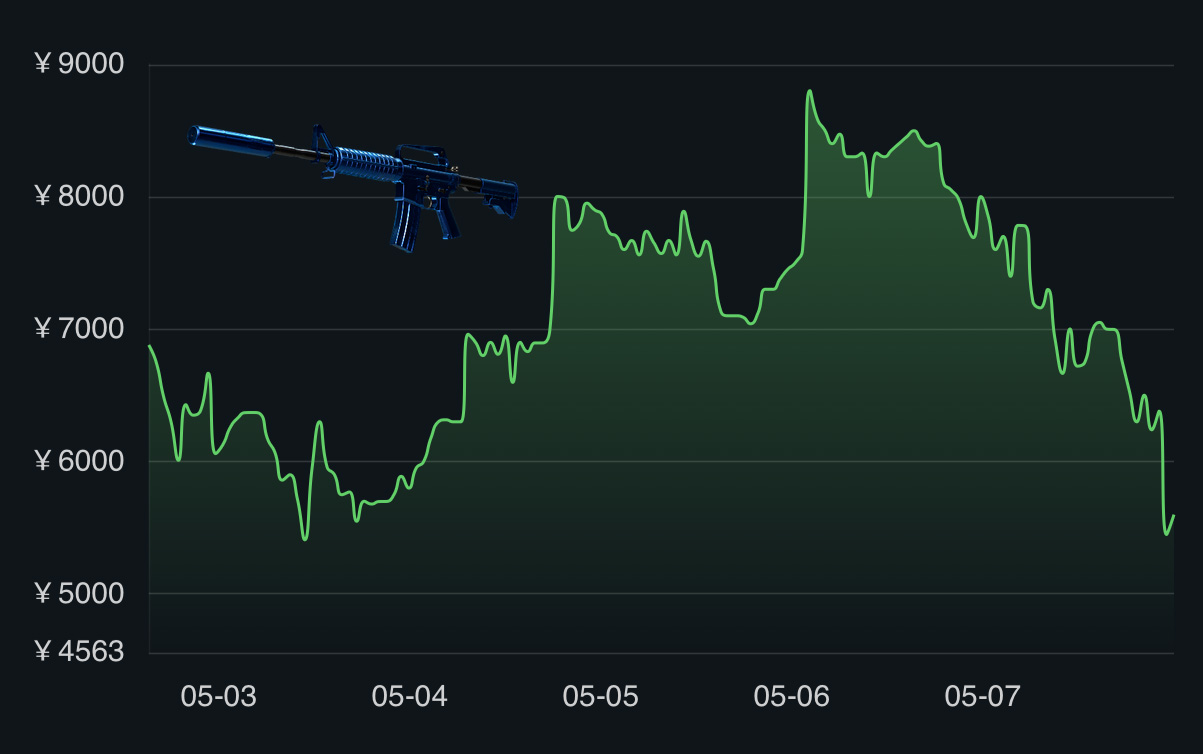
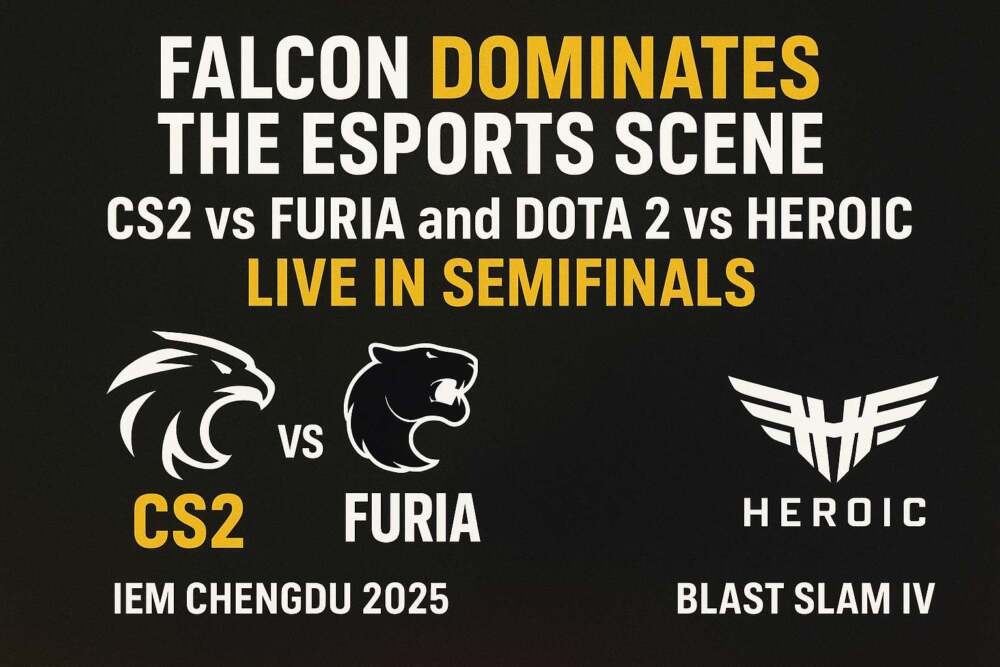

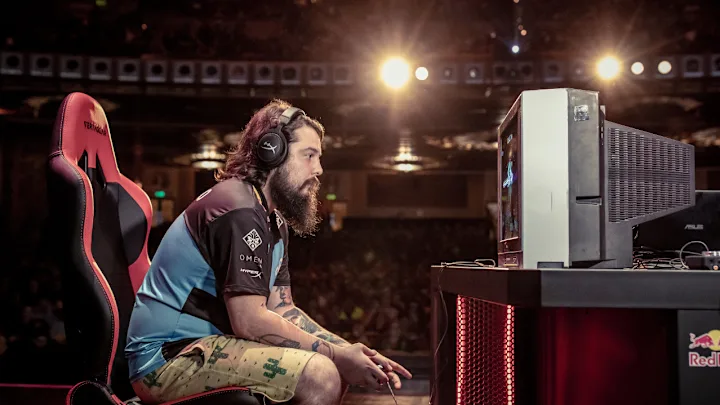

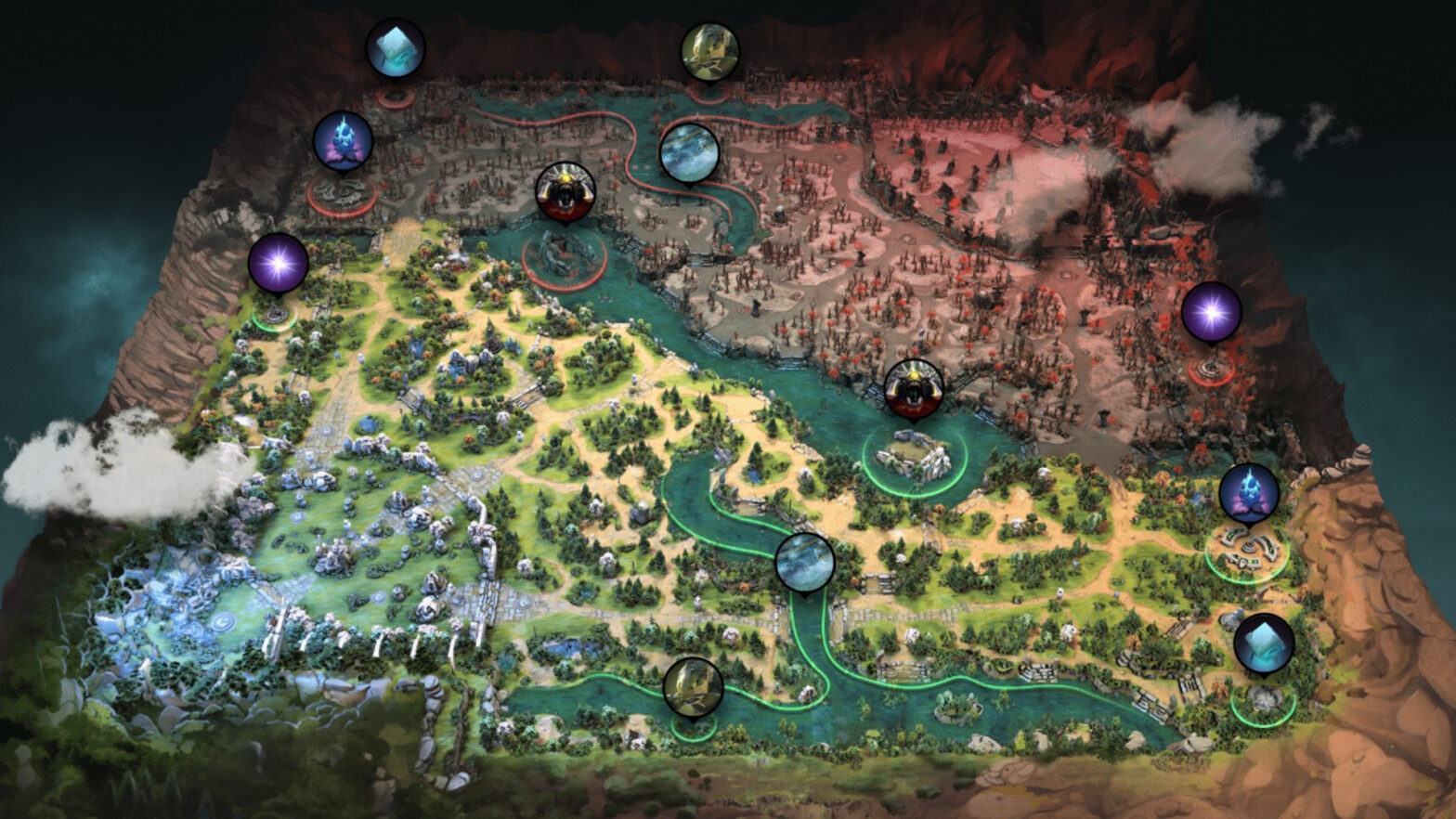
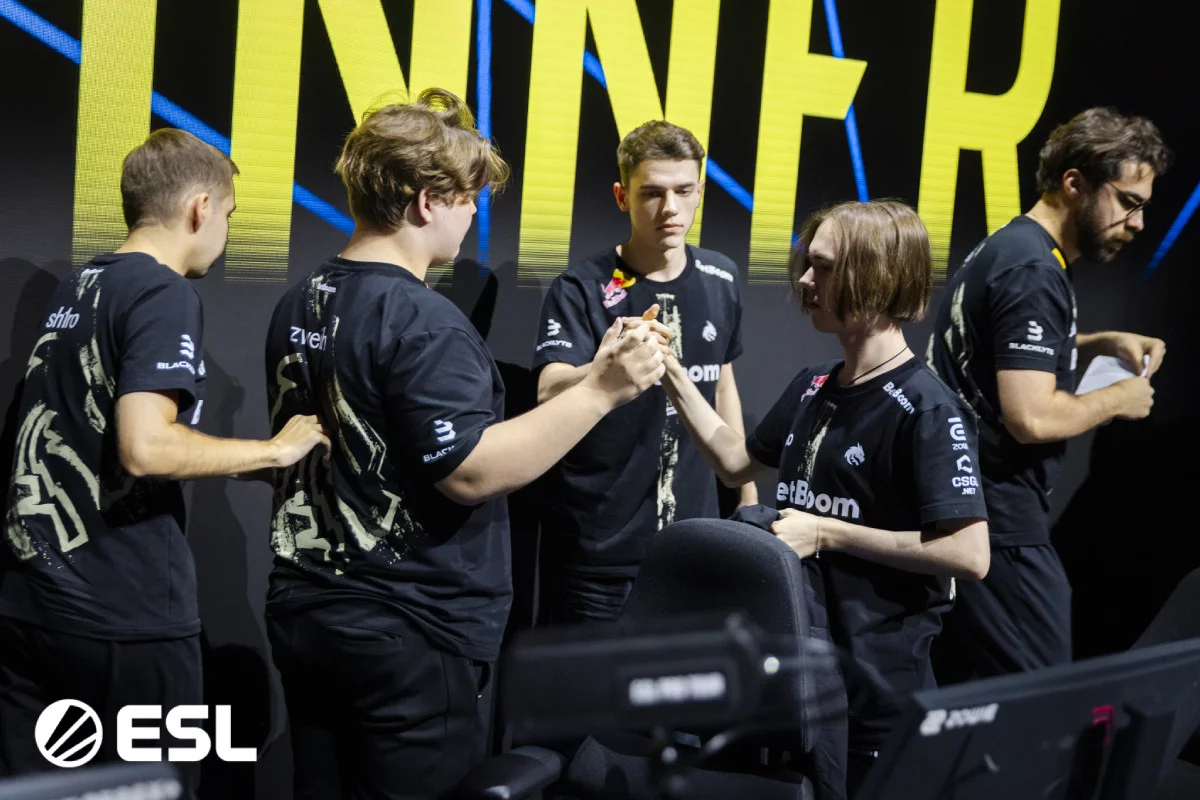
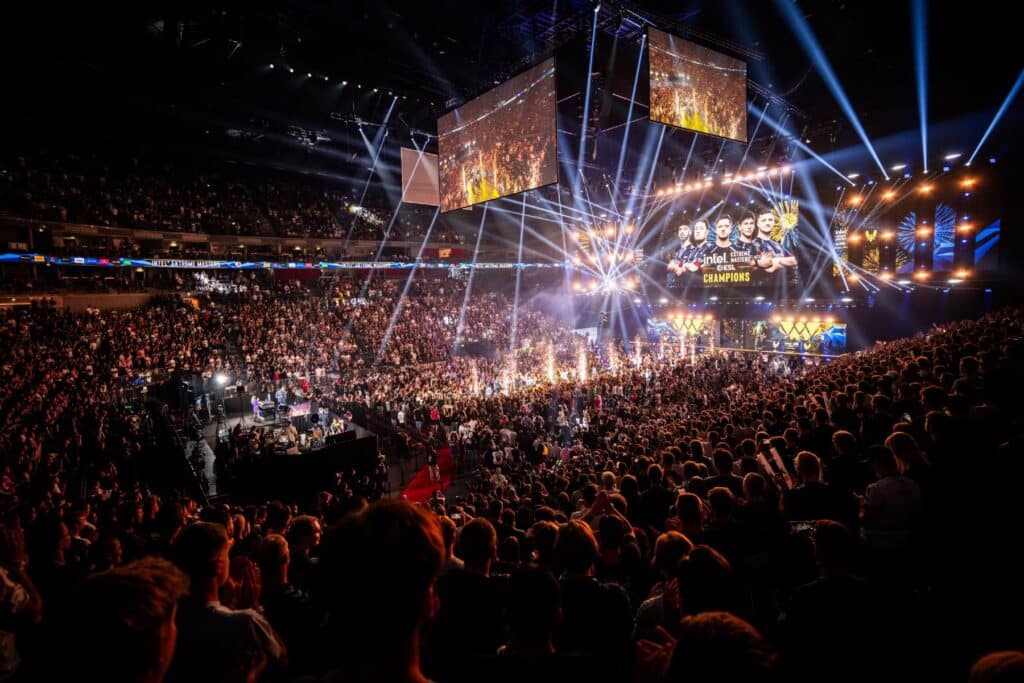
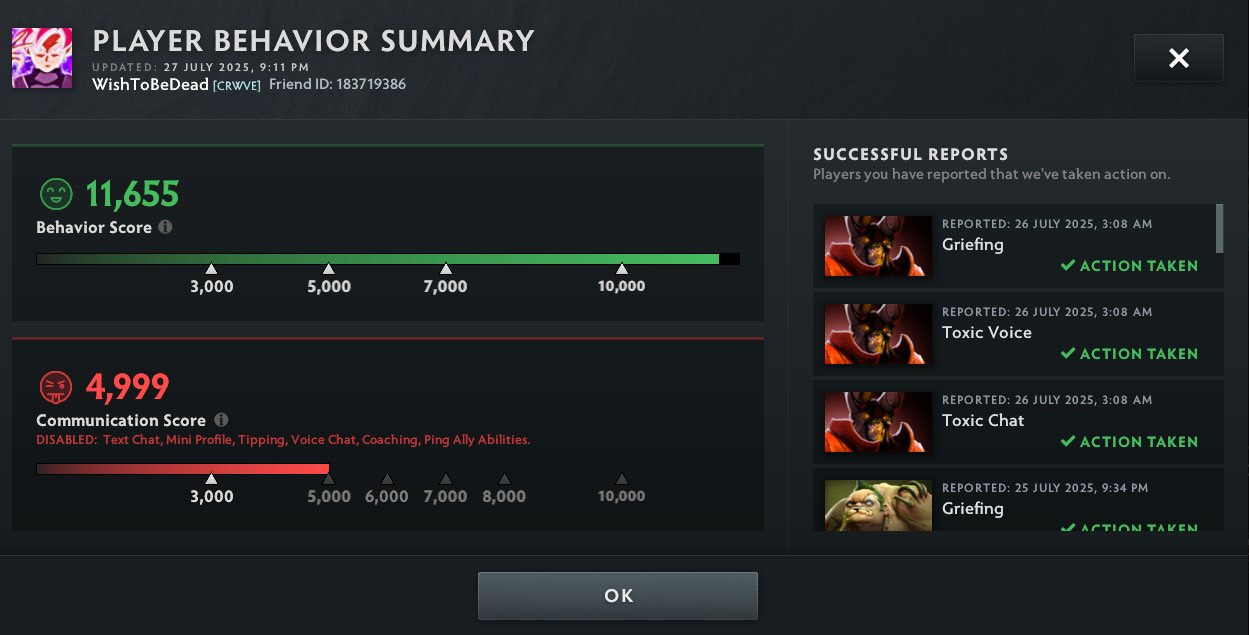
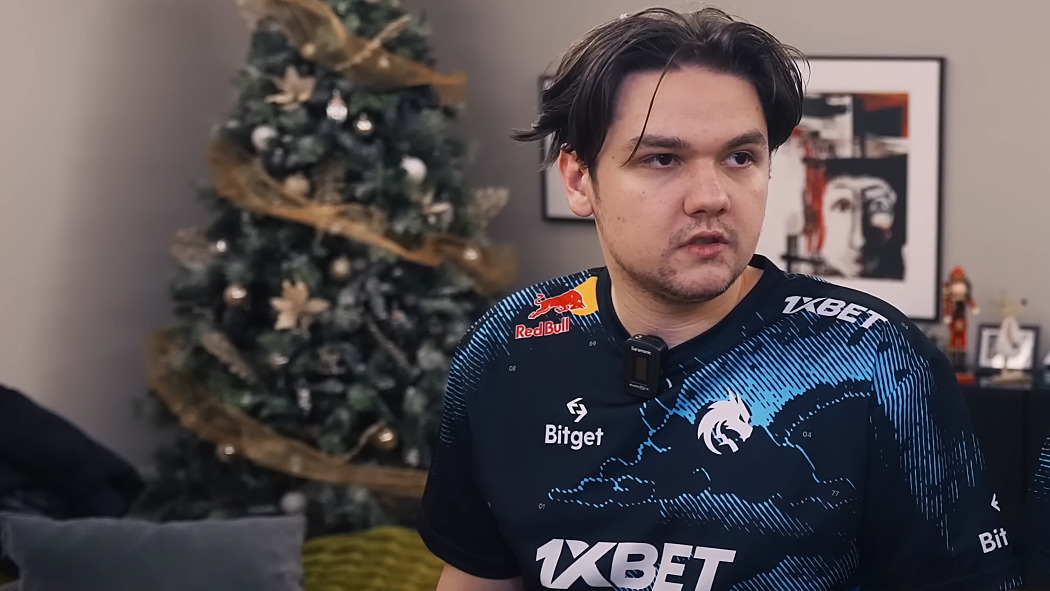
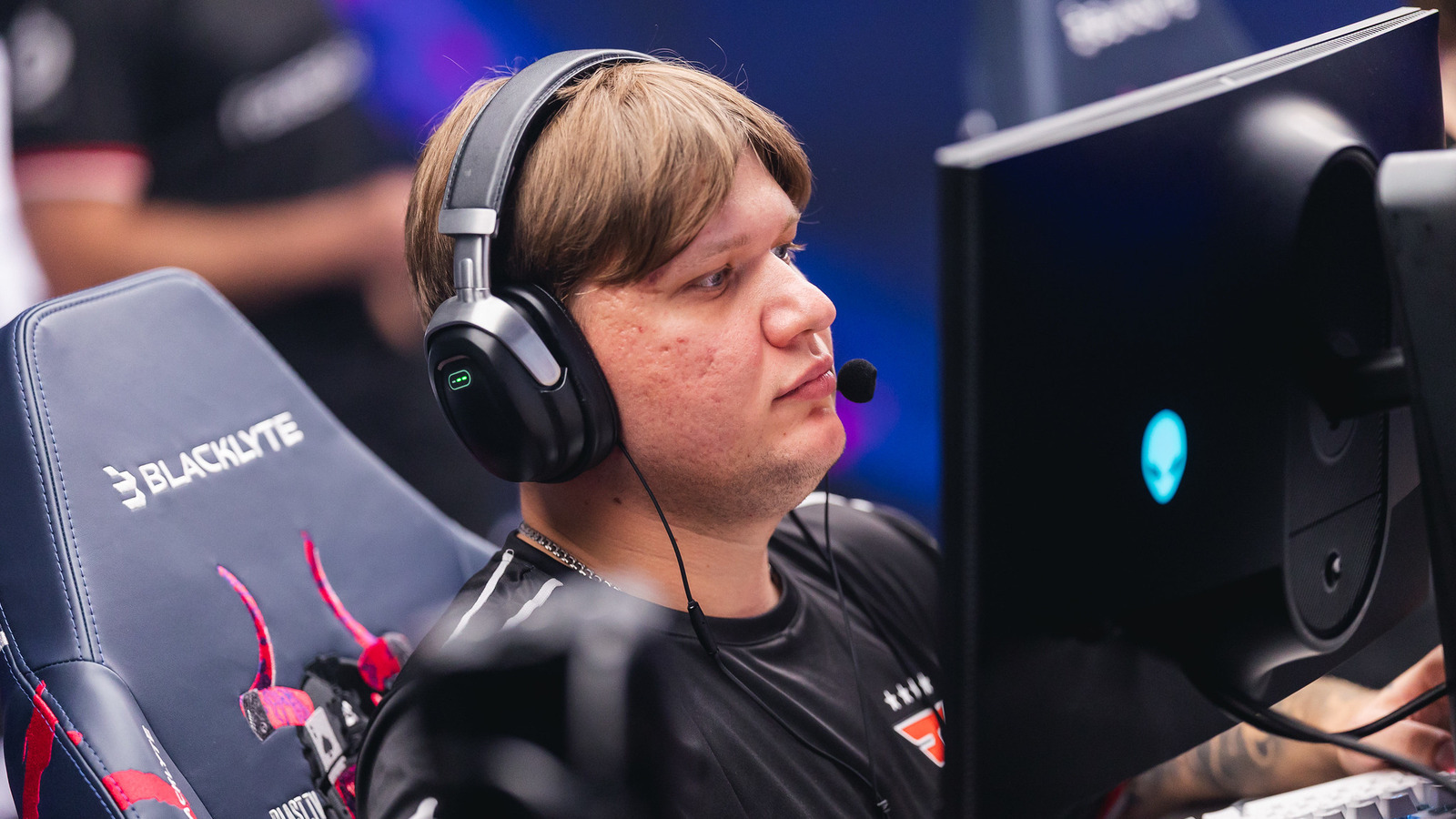



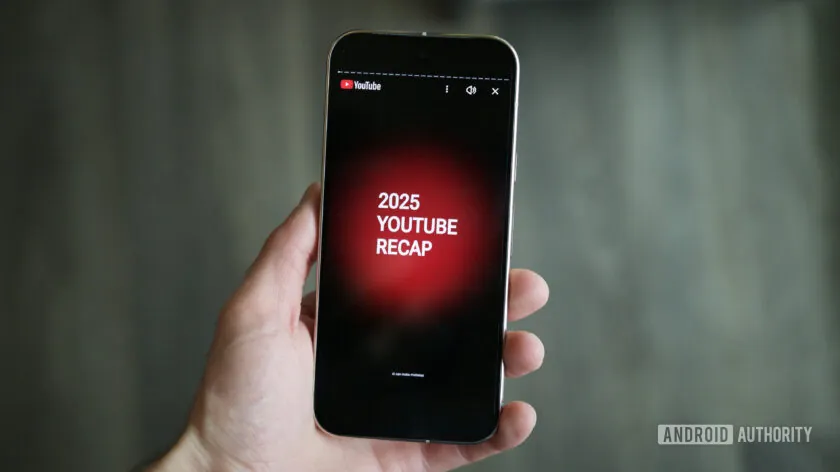
Leave a Reply